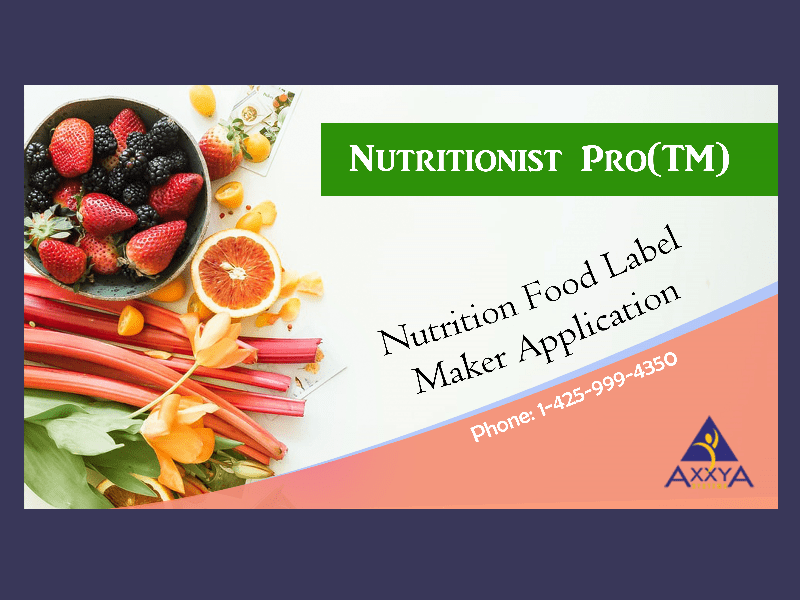Complying with nutrition food labeling is a prerequisite to build trust with customers. Food products need to display the nutrient values and need to be compliant with the food law. In all, nutrition food labels help promote transparency.
Today’s health conscious consumers want nutrition data for every packaged food product and beverage to ensure they make intelligent choices. At restaurants, diners continuously look for healthy choices to be part of their meals.
The U.S. Food and Drug Administration (FDA) is the regulatory body to protect residents in the U.S. from preventable health risks caused by food and zoonotic diseases. FDA rules and regulations enforce nutrition food labeling guidelines, so that residents in the U.S. can enhance and manage their health according to personal requirements.
On January 1, 2020, the newest food labeling guidelines rolled out for food manufacturers to introduce new nutrition food labels.
Here’s a rundown of the new nutrition food labeling requisites.
Serving size
An updated design to highlight “calories” and “servings,” two important elements in making informed food choices need to show up in a larger font size and a bolder type. FDA new rules instruct food manufacturers to make serving size figures reflect how Americans really eat.
Potassium and Vitamin D
The FDA new guidelines for labeling instruct to exclude information for vitamins A and C, in favor of potassium and vitamin D, because deficiencies of these vitamins are rare today. Calcium and iron will continue to be required.
Added Sugar
In its big change about food nutrition labeling, FDA makes it mandatory for food manufacturers to specify the amount of added sugar during food processing. Added sugar is a bigger concern than natural sugar, which occurs naturally in all foods which contain carbohydrates, including fruits and vegetables, grains, and dairy products.
Calories
New food labels will not show information about “Calories from Fat,” because the type of fat is more important than the amount. “Total Fat,” “Saturated Fat,” and “Trans Fat” will continue to be required.
The FDA has also made minor changes to the supplement facts labels found on dietary supplement to make it consistent with the nutrition fact label.
The Bottom-line:
Should food manufacturers worry about their nutrition food labeling conforming to the new food guidelines? There are solutions to make the transition smoother. A reliable nutrition food label maker application which updates as regulatory guidelines change, can help you stay compliant with all labeling requirements which need to be met.
Nutritionist Pro™ is a reliable and robust nutrition food label maker application which can enable you to remain regulatory compliant. This food labeling application is accessible from any smart device or computer, anywhere, anytime, and allows you to quickly and easily determine the nutrition facts of your food products. Just enter the ingredients in the system, see the label on the fly and get a custom output with a choice of multiple label formats. The process is quick and affordable.
Try Nutritionist Pro™ today! Access the demo here.
